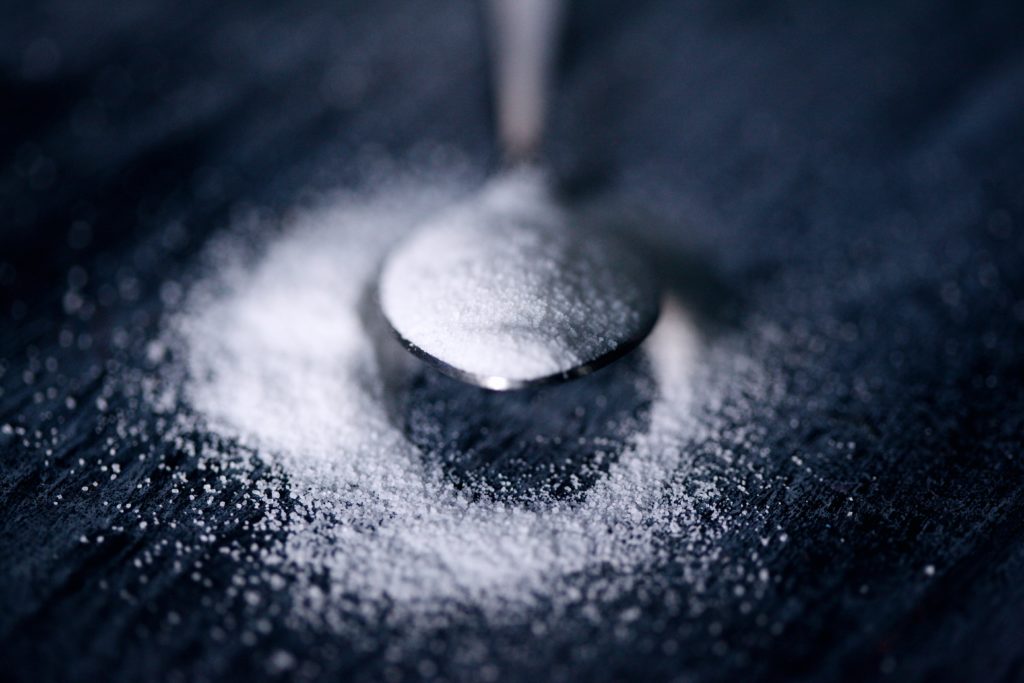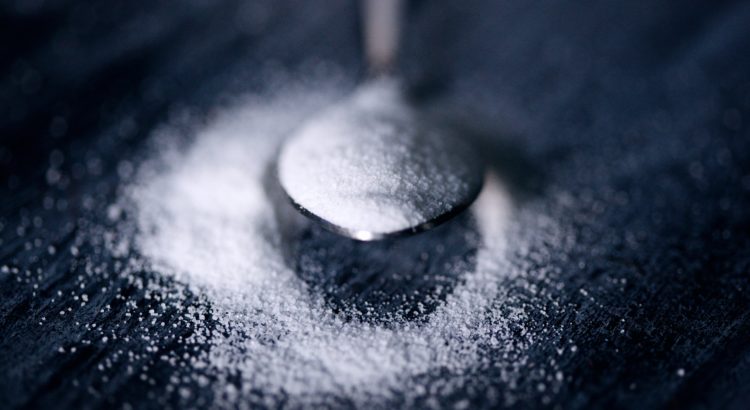Most people know that consuming too much sugar is a risk factor for many health conditions, but sugar free alternatives are not always safer. Today we will discuss the side effects of artificial sweeteners. There are so many different types of sugar-free sweeteners being used in products today, and it can certainly cause some confusion. Artificial sweeteners are found in diet drinks and food often marketed as “low calorie.” The artificial sweeteners we will be focusing on today aren’t to be confused with the natural sugar substitutes stevia and monk fruit, which are derived from plants. First, we will review how sweeteners are classified and then we will talk about some of the potential consequences of using artificial sweeteners.

How Sweeteners of Classified
Sweeteners added to foods and drinks can be broken down into two main categories: nutritive sweeteners and nonnutritive sweeteners. Anything labelled as a nutritive sweetener contains some calories and provides energy when consumed, such as table sugar, honey, maple syrup, etc.
Nonnutritive sweeteners are defined as sweetening agents that have a higher sweetening intensity and lower calorie content per gram compared to nutritive sweeteners. Nonnutritive sweeteners are then divided into two categories: naturally derived and artificial. Naturally derived nonnutritive sweeteners include stevia, monk fruit, and thaumatin.
Artificial sweeteners are what we will be talking about today. These are synthesized in a lab and their chemical structure is significantly different than real sugar. The FDA has approved 6 high-intensity artificial sweeteners for use in foods and drinks.
These synthetic nonnutritive sweeteners include:
- Acesulfame potassium (Sunnett, Sweet One)
- Aspartame (Nutrasweet, Equal)
- Neotame
- Saccharin (Sweet ‘N Low, Sweet Twin, Sugar Twin)
- Sucralose (Splenda)
- Advantame
Now that we’ve discussed how sweeteners are defined, we will discuss some of the concerns over artificial nonnutritive sweeteners.

Risk For Metabolic Syndrome and Diabetes
While there is still some debate over the risk factors of using artificial sweeteners, there have been some studies documenting risks that we simply cannot ignore. According to the American Diabetes Association (ADA), “daily consumption of diet soda was associated with a 36% greater relative risk of incident metabolic syndrome and a 67% greater relative risk of incident type 2 diabetes compared with non consumption.”
Studies have shown that the intake of artificial sweeteners can increase the risk of insulin resistance, which can lead to type II diabetes. This is because artificial sweeteners still have a sweet taste, and when the taste buds sense something sweet, signals are sent to the pancreas to release insulin. This then raises blood insulin levels, and when there is no glucose for the insulin to uptake, this can eventually lead to decreased insulin receptor activity (insulin resistance). While there are conflicting studies regarding the effect of artificial sweeteners on our gut health, their effect on blood sugar levels and insulin resistance are also believed to be associated with the effect they may have on our gut flora.
Altering Taste Receptors and Risk of Addiction
Another concern associated with the consumption of artificial sweeteners is how they may alter our taste buds. Artificial sweeteners, also referred to as hyper-intense sweeteners are much sweeter than real sugar (ranging from 180-13,000x sweeter) and can cause overstimulation of sugar receptors from frequent use. This may change a person’s palate over time which can increase one’s desire for sweet foods.
We’ve all heard that sugar can be addicting, and have probably experienced this first hand. But a study with mice shows that the artificial sweetener saccharin can also be more addicting than cocaine. When rats were given the choice between water sweetened with saccharin or an IV of cocaine, 94% of the mice chose the saccharin sweetened water.

Does This Mean You Should Ditch Artificial Sweeteners Entirely?
Not necessarily. Even though some of these studies show that artificial sweeteners have the potential to increase the risk of certain diseases, consuming them in small amounts is most likely not going to cause too much harm, especially if you are eating a healthy balanced diet. There are many elements involved in the risk factors for these diseases. Not everyone who consumes artificial sweeteners develops metabolic dysfunction or insulin resistance. There is still a lot we don’t understand about who is susceptible to these effects and more research needs to be done before we declare natural sweeteners bad for everyone.
While we don’t advocate a high sugar diet, sugar is not innately bad in small amounts from the right food sources, such as fresh fruit. But if you are weary of artificial sweeteners and still want to cut out added sugar from your diet because you still crave the sweet taste, you could try natural sweeteners like stevia or monk fruit. Current research points to the fact that these sweeteners don’t carry the same risks regarding metabolic dysfunction when consumed in moderate amounts.
